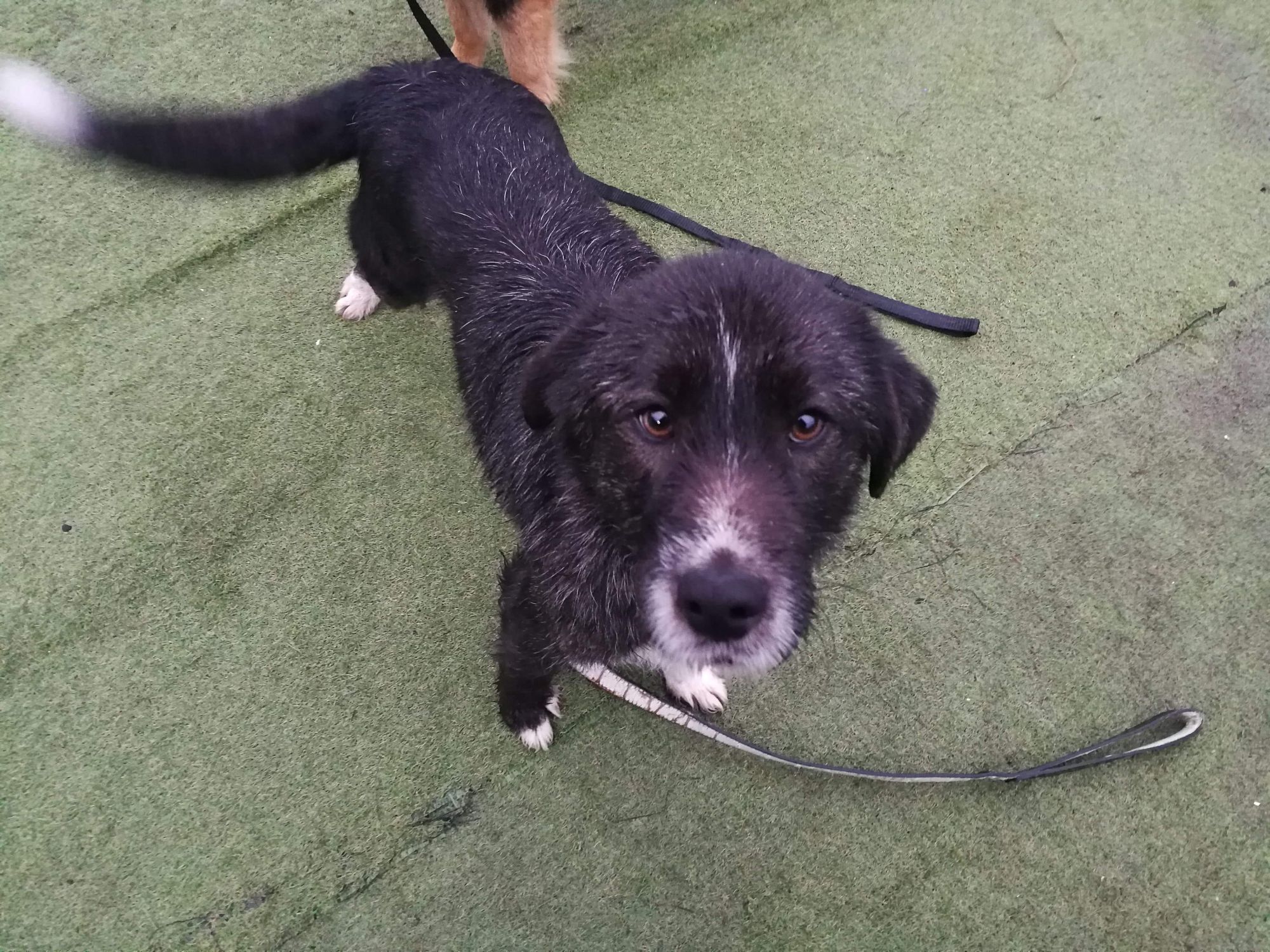
Dogs learn through constant repeat of commands. Each command will convey a different request, asked by the owner. These are called “Keywords” in other words, they trigger the desired response. Consistency of words is very important. Select a word or two that you are to use for toilet training i.e. “be quick” “get done” "tinkles", "wee wee" etc.
It doesn’t matter what the words are, but each family member should use the same words in order that the dog understands. Sometimes people will simply say “oh! Good boy” when the dog goes to pee. This is not enough, as you will probably and hopefully say “good boy” a hundred times a day.
You need a command to go along with “good boy”.
Every time your dog goes to the toilet, say your command, even if they do have an accident on the rug. You need to say it as they are doing it, not after. With consistency they will start to realise what the command means.
Romanian rescue dogs have been used to toileting outside for their entire life so they are likely to feel more comfortable in the outdoor space, what they are not used to is being shut in a house, unable to get outside if they need to go to the toilet.
It is likely they will have a few accidents in the home whilst they are settling in. Due to being neutered later in life, some males can mark their territories which could lead them to urinate in the home space.
It is important to go a bit 'overboard' in the first week with toilet training. Get them outside first thing in the morning, frequently throughout the day, after meals, naps and before bed.
If your dog is refusing to go we suggest putting a coat on and waiting them out. They will soon give in. At this point they need to be praised and then allowed back inside.
Be patient with your dog.
Dogs are creatures of habit, and it is possible to train them to specific places.
If your dog does toilet in the home, always clean up immediately.
The only cleaning solution that removes the smell of the mess to your dog is biological wash powder. So clean all areas that have been used as a toilet with a mix of water and biological washing powder/liquid.
Routinely mop your kitchen/utility rooms with this solution and then mop over with disinfectant.
You can also consider using a crate during the house training process, dogs are naturally clean animals and they will not toilet in the area they consider to be their bed area.
We need to teach them that the house is their bed when initially they think it is just their dog bed, so usually get off the bed and move elsewhere in the room, toilet and then go back to bed.

Tips if toileting in the home is persistent
- Make the last feed at about 6/7pm.
- Provide water with the last meal (you could soak it), but then lift the water up for the rest of the evening, and offer a few licks before bed. Water should be freely available during the day.
- Be sure to give ample opportunities for toileting during the evening, and also last thing before going into the crate /bed for sleep.
- Some dogs may require a toilet break in the wee (pun intended) small hours, say 3/4 am. If the dog’s crate/bed was next to you in the bedroom, you will hear any requests to be let out. Keep your interaction to a minimum at these times to show you will let it do its business, and not time for play…you may have work in the morning…your dog can sleep all day!
- Also aim to offer another break early in the morning. This will help speed the process up, and move you all to a quieter night in due course.


For very timid dogs:
Very timid dogs are likely to bolt around in the garden when you first take them out and will be difficult to try to get them back inside.
If you take on a very nervous dog, one that cannot be touched, it is advised that you keep them inside for at least a couple of days. At the moment they are in flight mode and see the garden as the safe space, what needs to happen is we reset them, helping them see the home as the safe space instead.
This does mean that they will toilet indoors until you are ready to let them outside. You are advised to use puppy pads or newspapers for them to urinate/poop on and then begin your toilet training as above when they have had a couple of days to settle.